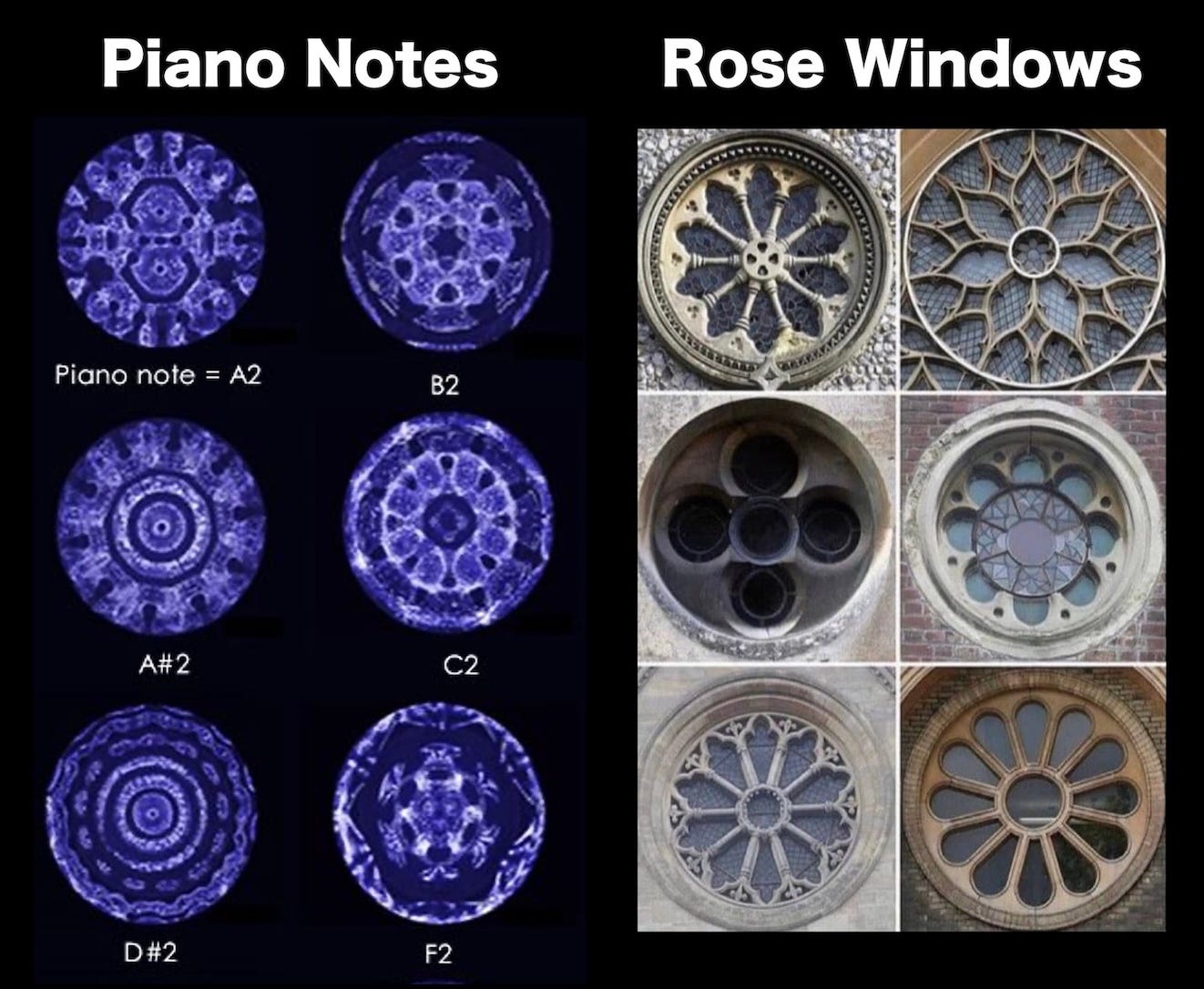Is Beauty Mathematical?
Pythagoras & the music of spheres
When you look at something of physical beauty created by past cultures — a Gothic façade, a Roman portico, a rose window — you might notice something that connects them, even if they’re separated by centuries or continents.
Mathematics.
Many ancient and medieval structures that you’re familiar with are pleasing to the senses because they were designed for that purpose — not just by the inspired and emotive hand of an artist, but with precise symmetries and ratios of a mathematician. In other words, they produced a kind of beauty that can be measured.
That’s because past societies were acutely aware of something fundamental about how we perceive reality. To them, math, beauty, and the human senses were deeply connected, and the artist’s job was to discover their point of intersection.
But why were past societies so fixated on this relationship, and how did they use it to create so much beauty?
To understand, we need to go back 2,500 years, when a man named Pythagoras discovered something mind-blowing about reality — the universe is not just made of matter, but music…
Keep reading with a 7-day free trial
Subscribe to The Culturist to keep reading this post and get 7 days of free access to the full post archives.



